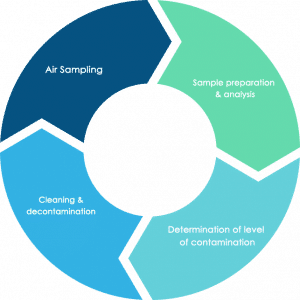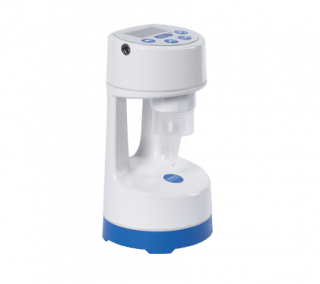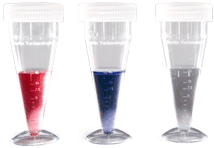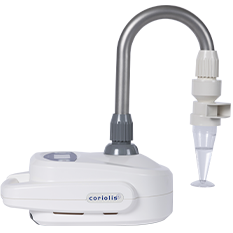Evaluation of decontamination
Bioaerosols can affect the air quality of a work environment & harm the health of workers and/or animals. Here, Bertin’s top scientists share their expertise and best protocols for air monitoring & evaluating the performance of several decontamination methods in multiple settings.
Bioaerosols are defined as airborne particles of liquid or volatile compounds that contain living organisms or have been released from living organisms. The growing interest in these agents has rapidly increased the pool of knowledge related to their identification, their quantification, and the development of technologies to eradicate them. Bioaerosol concentrations in indoor air can pose a public health issue. Furthermore, it is a critical aspect to consider in multiple scenarios, such as: healthcare facilities, where fungal, bacterial and viral bioaerosols can cause nosocomial disease, acute diseases, infections, asthma, rhinitis, and allergies in indoor air, such as operating rooms.
In the food industry, where the manufacture of products like cheese, sour cream and buttermilk is susceptible of being affected by bacteriophages viruses that can infect the lactic acid bacteria necessary for the fermentation process. In a similar way, bacterial and/or viral respiratory diseases can be a major economic cost for livestock production (e.g. swine flu). Compared to other sampling techniques, monitoring airborne microorganisms by air sampling provides multiple benefits and improve facility safety protocols: 1) it is fast, flexible, unbiased, and creates minimal to non-disturbance to humans and/or animals; 2) the concentration of bioaerosols in the air is a quantifiable and objective parameter that can represent the air quality in almost any type of building; 3) many infectious microorganisms released by infected agents can be detected directly in captured bioaerosols by molecular techniques, without the need for costly and time consuming bacteriological/viral analysis of all the infected population.
There is a vast and increasing range of decontamination (sterilization/disinfection) solutions available to date, such as electrochemically activated solutions (ECAS), ozone treatments and air purifiers. Nonetheless, their efficacy can only be validated by the regular monitoring of the bioaerosols in the air. The use of our range of Coriolis air samplers can be optimized to detect and quantify the virus, bacteria and any other bioaerosol > 0.5 μm.
Coriolis Compact has been shown to be an efficient tool for air monitoring and evaluating the performance of several decontamination methods in multiple settings: from testing the efficacy of ozone decontamination in a dairy plant, to evaluating the performance of an air purifier in hospitals. The Coriolis range of air samplers can be used to solve your needs. Take a look at our webpages on virus detection, bacteria detection and fungi detection for detailed recommendations and protocols.




